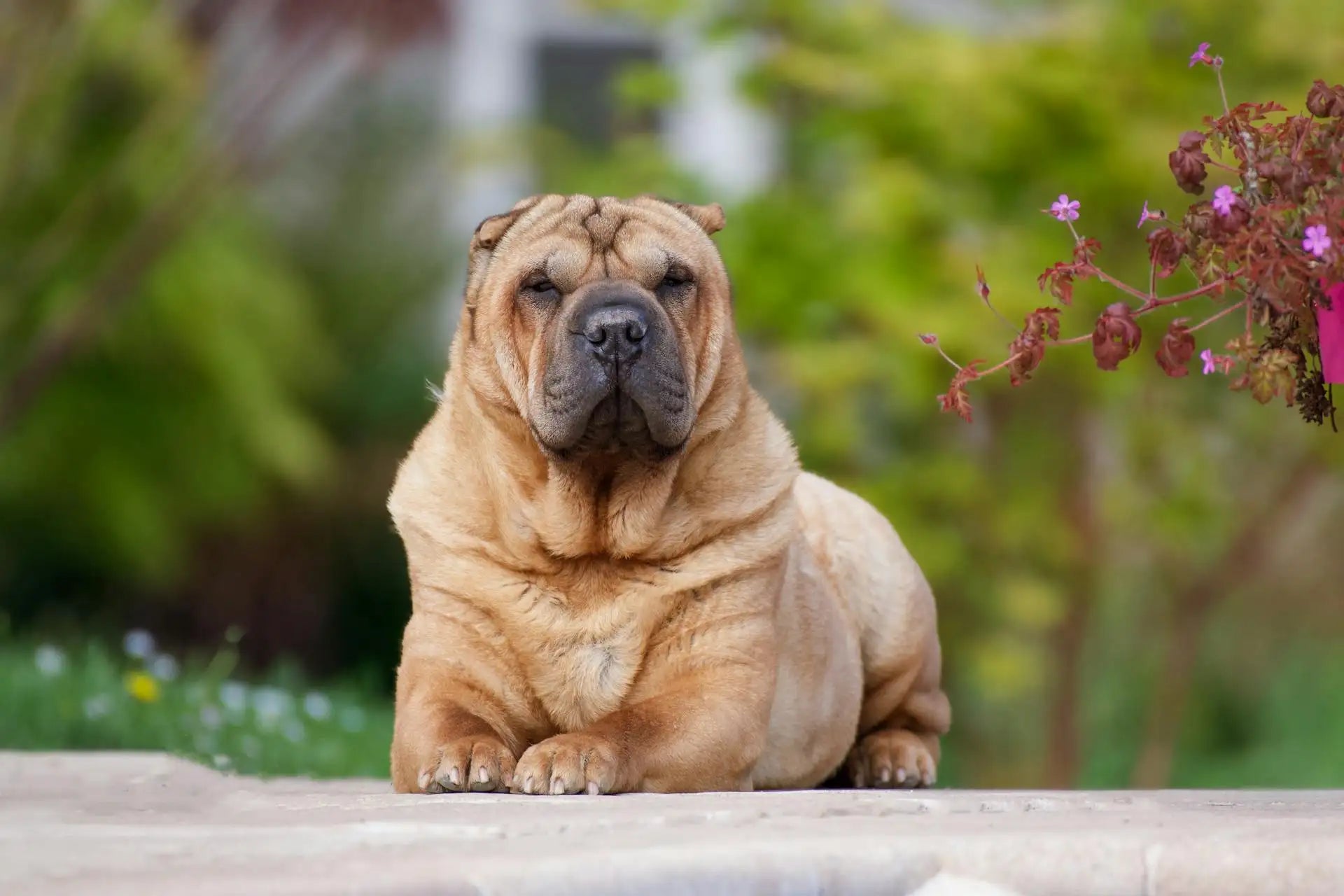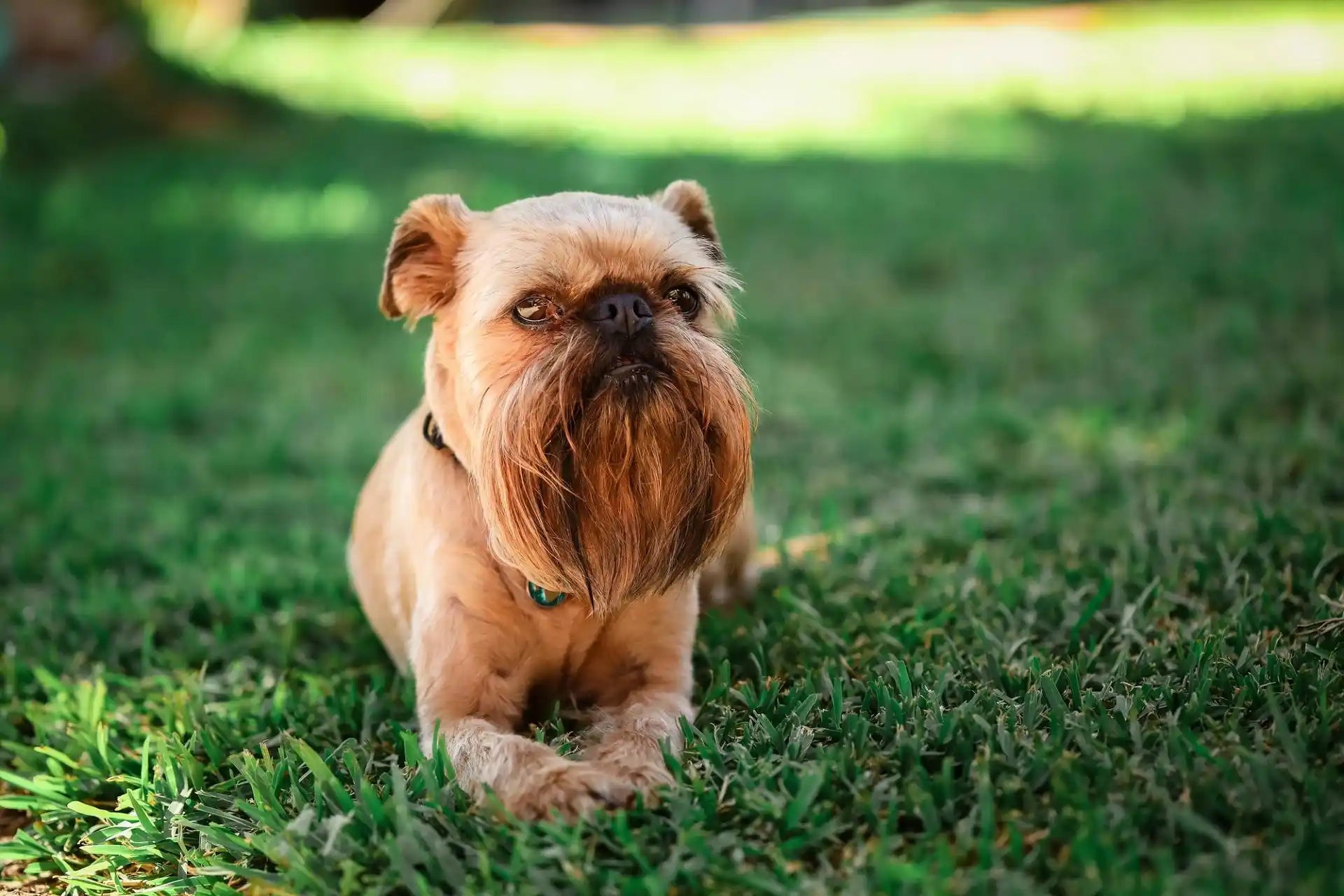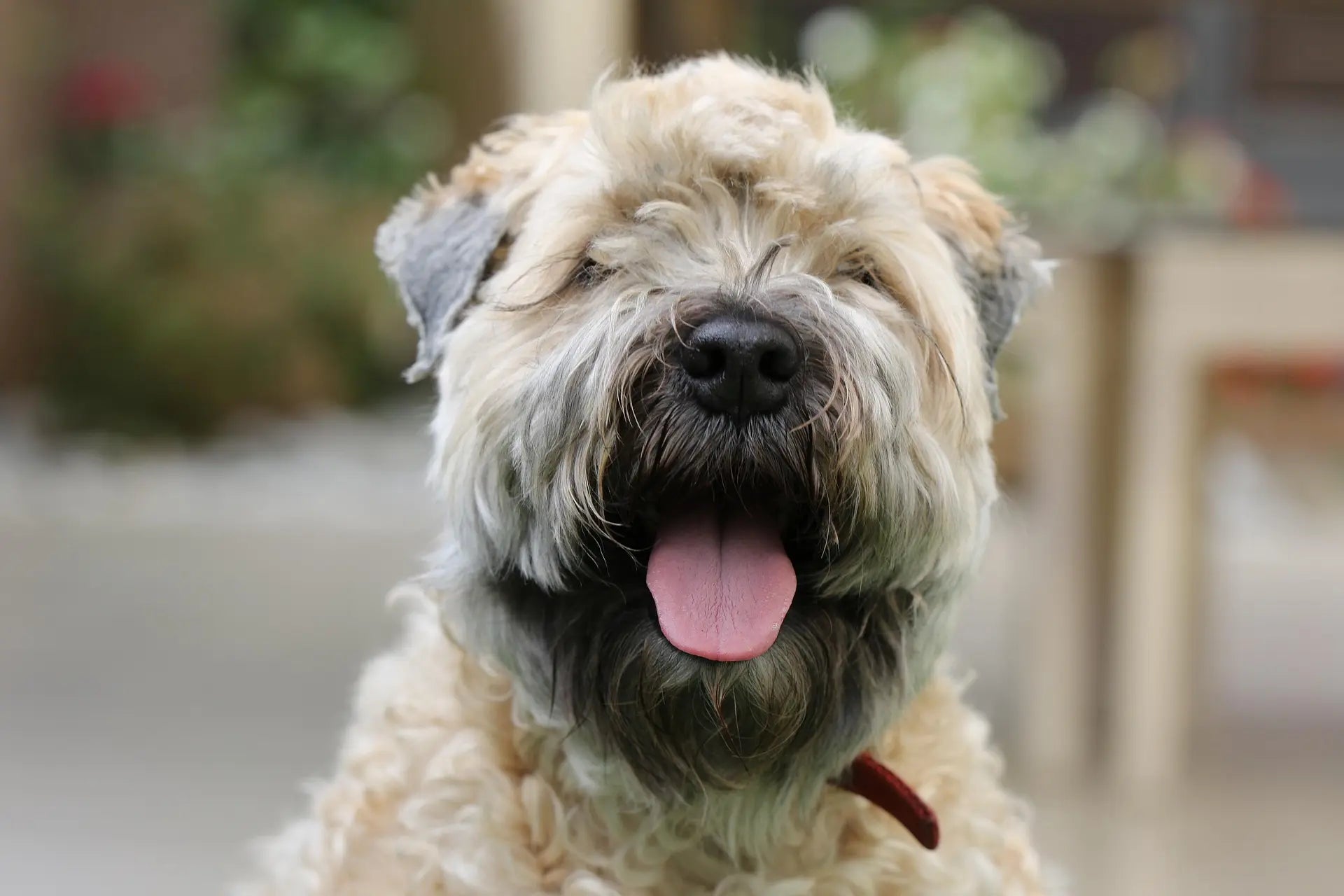
Shar-Pei Dog Breed: Expert Tips on Training, Care, Temperament & Health
Loyal and reserved with a uniquely wrinkled appearance, the Shar-Pei is unlike any other dog. This guide will walk you through everything you need to know—from their rich history and protective personality to training tips, care routines, and health advice.
With its distinctive wrinkles and calm, dignified presence, the Shar-Pei is one of the most recognisable dog breeds in the world. Loyal, protective, and deeply devoted to their families, these ancient dogs bring both charm and character into the right home.
Quick Facts Overview
|
Trait |
Details |
|
Size Category |
Medium |
|
Height & Weight |
Height: 46–51 cm; Weight: 18–30 kg |
|
Coat Type & Colours |
Short, bristly coat; fawn, red, black, cream, blue, chocolate |
|
Energy Level |
Moderate |
|
Origin |
China |
|
Grooming Needs |
Low to Moderate |
|
Temperament |
Loyal, aloof with strangers, calm |
|
Trainability |
Moderate |
|
Compatibility |
Best with experienced owners |
|
Lifespan |
8–12 years |
Breed Origins and History
Originating in ancient China, the Shar-Pei was traditionally used for guarding, herding, and even hunting. Their loose, wrinkled skin and blue-black tongue made them unique among dog breeds, while their protective instincts and independence were prized by Chinese farmers. Thought to be over 2,000 years old, the breed nearly vanished in the 20th century but was revived through global efforts and now enjoys popularity as a distinctive companion.
Personality and Temperament
Shar-Pei are calm, confident, and reserved. They form strong bonds with their families but can be aloof or wary around strangers. While not overly affectionate, they are incredibly loyal and protective. Their independent nature makes them well-suited to households where they can have their own space, yet they’ll always stay close to the people they trust.
Trainability and Intelligence
Shar-Peis are intelligent but can be strong-willed, so consistent, positive reinforcement is essential.
-
Begin training early to establish good habits
-
Use rewards-based methods—praise and treats go a long way
-
Patience is key, as they can be stubborn
-
A training harness provides gentle control
-
A treat bag makes training rewards quick and convenient
Exercise and Activity Requirements
While Shar-Peis are not high-energy, they still benefit from daily walks and mental stimulation.
-
45–60 minutes of daily activity
-
Enjoy calm walks, gentle playtime, and light training sessions
-
Puzzle toys and interactive games help keep them mentally engaged
-
Use a hands-free lead for daily walks
Physical Characteristics
Their loose skin and broad, hippo-like muzzle make the Shar-Pei instantly recognisable.
-
Height: 46–51 cm
-
Weight: 18–30 kg
-
Coat: Harsh, short "horse" or "brush" coat
-
Colours: Wide range including cream, red, fawn, black, chocolate, blue
-
Best suited to medium dog gear
Living Environment Suitability
Shar-Peis are adaptable but need thoughtful handling.
-
Ideal for houses with secure yards
-
Apartment living is possible with sufficient daily exercise
-
Prefer calm, quiet environments
-
Relax well on a supportive orthopaedic dog bed
-
Use a dog car harness when travelling
Grooming and Maintenance
Shar-Peis are relatively low-maintenance but do require specific care.
-
Weekly brushing is sufficient for most coat types
-
Wrinkle care is crucial—clean between folds to avoid infections
-
Bathe every 4–6 weeks using gentle dog shampoo
-
Keep nails trimmed and ears clean
-
A soft collar prevents rubbing on their sensitive skin
Common Health Issues
Shar-Peis can be prone to specific health conditions due to their unique skin and genetic traits.
-
Entropion (eyelid rolling inward), skin infections, hip dysplasia
-
Monitor and clean skin folds regularly
-
Keep them at a healthy weight and maintain annual vet checkups
-
Provide joint support with a quality orthopaedic bed
Diet and Feeding Guidelines
Feeding the right diet helps support Shar-Pei health and energy.
-
Puppies: 3–4 small meals daily
-
Adults: 2 balanced meals per day
-
Opt for foods that support joint health and are low in allergens
-
Fresh water must be always available
-
Portable bowls are perfect for outings
Compatibility with People and Other Pets
Shar-Peis can be loyal family companions but require proper socialisation.
-
Best suited to experienced dog owners
-
May be aloof or dominant with other pets
-
Early socialisation is key to confidence and calmness
-
Walk multiple pets with a coupler lead
Behavioural Issues and Management
Without firm guidance and daily engagement, Shar-Peis may become territorial or stubborn.
-
Prevent boredom with training and structured routines
-
Address early signs of guarding or possessiveness
-
A no-pull harness helps manage walks
-
Offer stimulating toys to reduce anxiety or chewing
Essential Gear for Shar-Peis
Walking and Training
Comfort and Rest
Fun and Enrichment
FAQs: Shar-Pei Dog Breed
1. Is a Shar-Pei a good family dog?
Shar-Peis can make loyal and protective family dogs, especially when raised with consistent training and socialisation. They tend to bond deeply with their people but may be reserved with strangers. They do best in calm households with older children.
2. Are Shar-Peis considered aggressive breeds?
Shar-Peis are not inherently aggressive, but they can be wary or territorial. Early socialisation is important to help them get along with other animals and people. Without proper training, they may become overly protective.
3. Do Shar-Peis have a lot of health issues?
Yes, Shar-Peis are prone to several genetic health issues. Common problems include skin conditions (due to their wrinkles), eye problems like entropion, and joint or allergy issues. Regular vet care and responsible breeding help manage these risks.
4. Do Shar-Peis like to cuddle?
Shar-Peis are affectionate with their chosen people but aren’t typically clingy or overly cuddly. They enjoy being near their humans but also value their independence. Some may snuggle, while others prefer just being close by.
5. Are Shar-Peis easy to train?
Shar-Peis are intelligent but can be quite stubborn. Training takes consistency and patience, ideally starting from a young age. Positive reinforcement works best, but they may not be as eager to please as other breeds.
6. Are Shar-Peis high maintenance?
In terms of grooming, Shar-Peis are relatively low maintenance. However, their skin folds need regular checking and cleaning to prevent infections. Their temperament and health needs can require more attention than the average breed.
7. Can Shar-Peis be left alone?
Shar-Peis are independent and usually tolerate being left alone better than some other breeds. However, long hours without stimulation can lead to boredom and behavioural issues. Toys and a stable routine can help keep them settled.
8. Do Shar-Peis bark a lot?
Shar-Peis are generally quiet and don’t bark excessively. They might alert you to strangers or unusual sounds but are not known for being noisy without reason.
9. Do Shar-Peis need lots of exercise?
They don’t require intense workouts but still need daily walks and playtime to stay fit and happy. Around 30–45 minutes of daily activity is usually enough for an adult Shar-Pei.
10. Are Shar-Peis good with other dogs?
Shar-Peis can be aloof or dominant with unfamiliar dogs, especially of the same sex. Early and ongoing socialisation is key if you plan to have them interact regularly with other pets.
Final Thoughts
Shar-Peis can be a fantastic choice for the right household—loyal, quiet, and dignified. While they do require early socialisation, careful training, and a watchful eye on their health, they repay that care with quiet devotion and a strong bond. If you’re after a unique dog that blends independence with loyalty, a Shar-Pei might just be your perfect match.
Looking for quality gear for your Shar-Pei? Visit EzyDog to find premium products tailored for unique and powerful breeds like the Shar-Pei.



Leave a comment
This site is protected by hCaptcha and the hCaptcha Privacy Policy and Terms of Service apply.